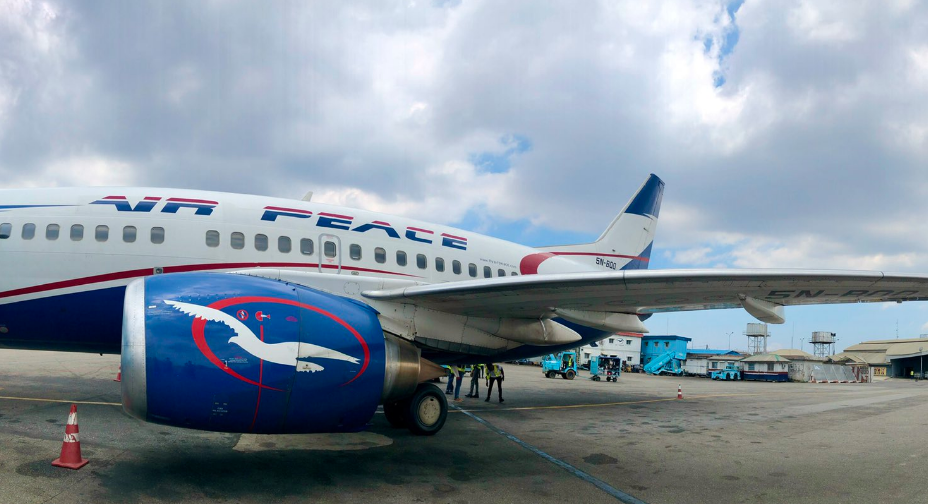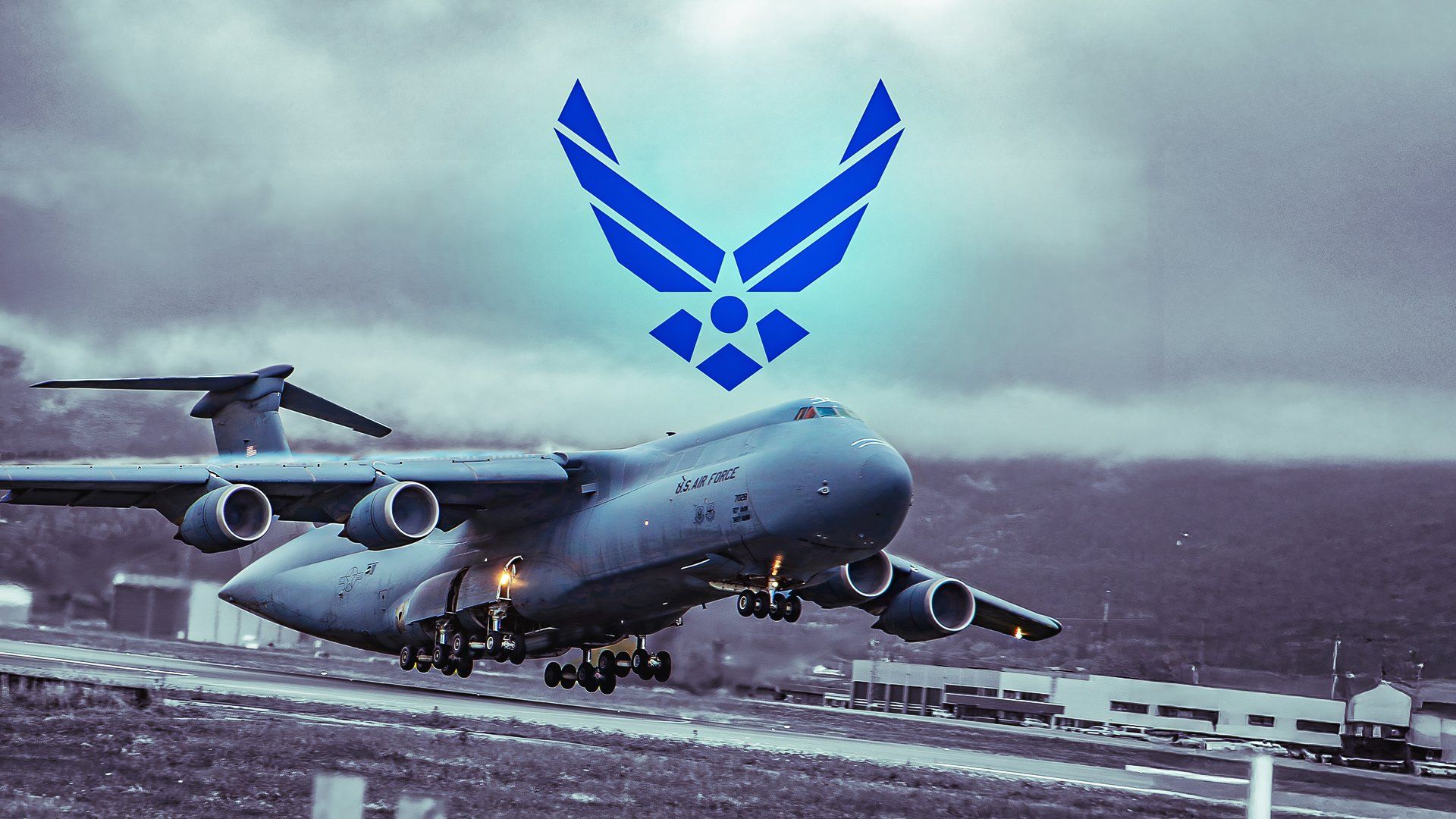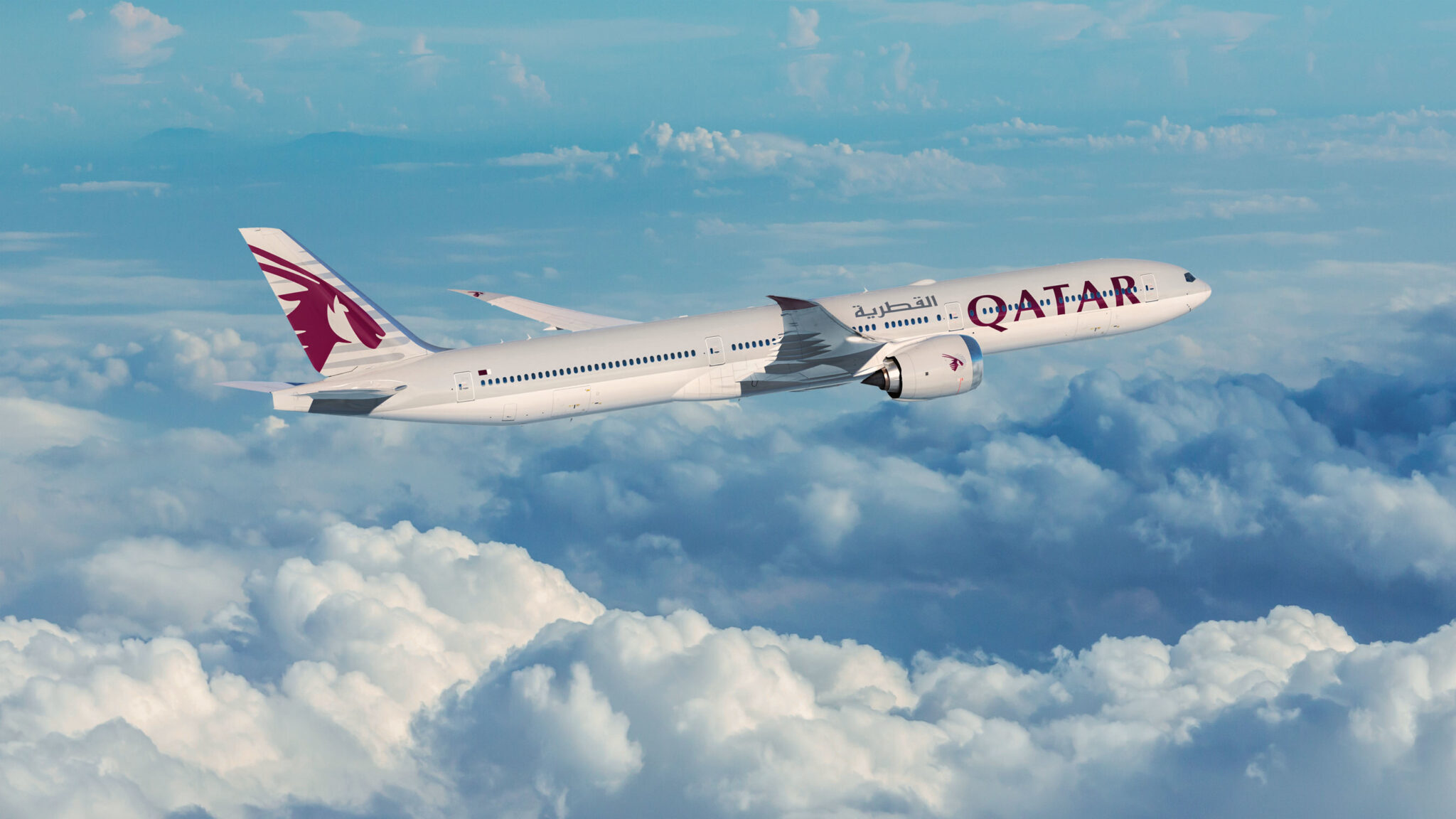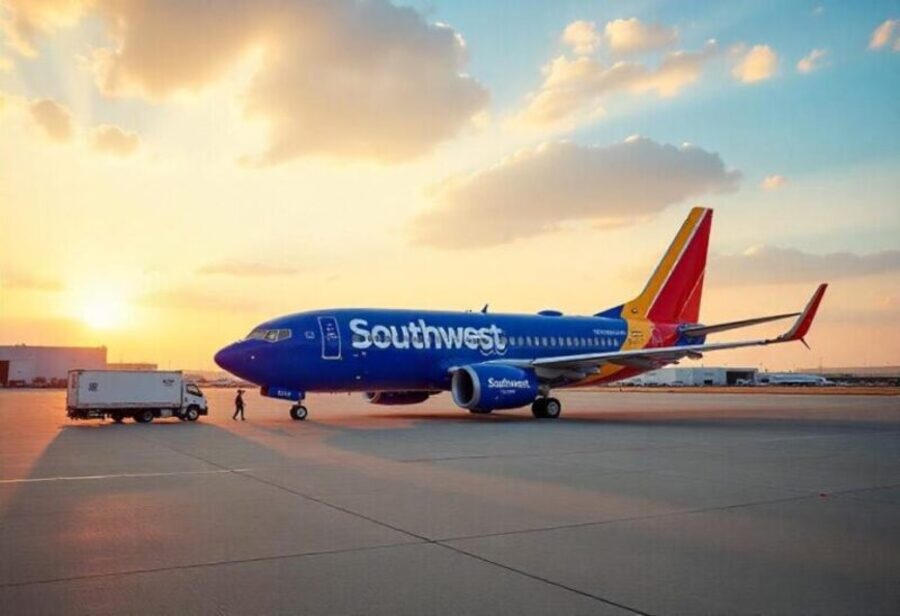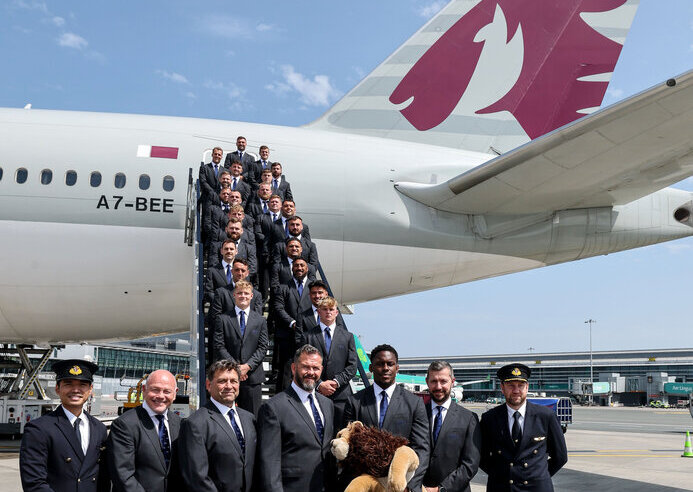Southwest Airlines Boeing 737 from Dallas to Panama City Diverts After Violent Turbulence Strikes, Latest Update for You - Travel And Tour World
Sunday, June 22, 2025

A Southwest Airlines Boeing 737 flight from Dallas to Panama City took an alarming turn this weekend. The violent turbulence struck without warning. It forced a diversion to Jacksonville. It sparks urgent safety concerns as weather risks escalate nationwide. Here is the latest update for our redaers.
The sudden jolt hit during descent. Passengers and crew were caught off guard. A once-quiet cabin erupted in chaos. Meanwhile, the Boeing 737 shuddered through stormy air. The crew reacted swiftly. They diverted the flight and landed at an unplanned destination.
This diversion from Dallas to Panama City could have been routine. However, the violent turbulence turned it into an emergency. The incident highlights a troubling trend. Flights nationwide are now facing escalating weather threats. More storms mean more unpredictable skies.
The scare didn’t end at landing. Medics rushed onboard. One passenger suffered serious injuries. The ripple effects are far-reaching. Airline schedules were disrupted. Airport operations shifted. The Boeing 737’s unexpected arrival in Jacksonville underscores just how fragile air travel can become in extreme conditions.
So, what triggered this dangerous event? And how bad are the weather systems now threatening flights across America? What emergency protocols were activated mid-air? And what does this mean for passenger safety standards going forward?
Stay tuned. The full story unpacks how a typical Southwest Airlines journey became a pulse-pounding ordeal. It reveals what airlines, regulators, and travelers must do in response to turbulence. And it shows what this incident signals about a future of more volatile, weather-whipped skies.
A routine Saturday morning flight from Dallas to Panama City turned terrifying when a Southwest Airlines Boeing 737 encountered extreme turbulence during descent. What began as a standard journey quickly escalated into a mid-air emergency, forcing an unscheduled landing in Jacksonville and sending shockwaves through the travel industry.
This incident—already making headlines—comes at a time when the aviation sector is confronting a surge in turbulence-related risks. And the fallout is far from over.
Flight WN3508, operated by Southwest Airlines, departed Dallas Love Field on June 14, 2025, en route to Northwest Florida Beaches International Airport in Panama City. It was expected to be a smooth two-hour trip aboard a Boeing 737-700, configured for 143 passengers in an all-economy layout.
But as the aircraft began its descent toward Panama City, it encountered severe weather conditions. Strong atmospheric instability triggered intense turbulence, jolting the plane violently and injuring at least one passenger. The turbulence struck without warning, as is often the case with such unstable air masses.
The pilots immediately altered course, entering a holding pattern at 2,800 feet in an attempt to wait out the storm. But the situation didn’t improve. With landing conditions at Panama City remaining unsafe, the flight diverted to Jacksonville International Airport, where it landed safely.
This frightening event isn’t isolated. In fact, it’s part of a growing pattern.
Across the United States, incidents of turbulence are increasing—not just in frequency, but in severity. As climate systems grow more volatile, airlines are grappling with powerful convective storms, unpredictable jet streams, and heightened atmospheric instability. These conditions make flights more vulnerable, particularly during critical phases like descent and approach.
Modern aircraft like the Boeing 737-700 are equipped with real-time weather radar and windshear alerts, but turbulence remains one of the hardest flight risks to forecast. Pilots often have only seconds of advance notice, if any. In this case, that narrow window wasn’t enough to prevent injury or avoid a costly diversion.
Beyond safety concerns, the economic toll of such diversions is substantial. A single event like this throws off tightly managed flight schedules and triggers ripple effects across an airline’s network.
The 40-minute delay and unexpected landing in Jacksonville disrupted downstream flights, created rebooking challenges for passengers, and incurred added fuel, staffing, and logistics costs. For airlines like Southwest, which operate on tight turnarounds and high-frequency schedules, even minor disruptions can spiral into major operational headaches.
Moreover, flight WN3508 is part of a busy weekly rotation. With 19 scheduled connections between Dallas and Panama City, any interruption poses a logistical puzzle with cost implications that compound over the course of the day.
The most urgent takeaway from this incident is passenger safety. One passenger sustained serious injuries during the turbulence. The cause? In most cases like this, the injured individual was likely not wearing a seatbelt at the time of the jolt.
Data from aviation safety authorities consistently show that turbulence-related injuries disproportionately impact unbelted passengers and cabin crew. That’s why experts stress keeping seatbelts fastened at all times, not just during takeoff and landing.
This episode is another painful reminder of that rule. It also raises the question—are airlines doing enough to communicate turbulence risks in a changing climate?
Airlines now face a new normal. Weather systems are shifting faster than technology and protocols can adapt. Sudden storms along the Gulf Coast, especially during warmer months, are becoming more frequent and intense. As such, descent into airports like Panama City, Tampa, and New Orleans now poses more risk than ever before.
While Southwest and other carriers have invested in predictive weather tech, the unpredictability of turbulence means the industry still reacts more than it anticipates. This has triggered industry-wide calls for improved forecasting systems, real-time data sharing between aircraft, and updated training programs for both pilots and crew.
The aviation world is watching. Incidents like this one shine a harsh light on the urgent need for both policy improvements and traveler awareness.
Airlines may soon face pressure to:
Meanwhile, airports in Florida and across the southern U.S. may need to revise procedures during peak storm hours, possibly delaying or rerouting flights more proactively to avoid near-miss events.
For travelers, especially those flying into storm-prone regions like the Gulf Coast, these developments carry practical implications. Expect more weather-related delays, diversions, and longer flight durations, especially in the summer and early fall.
The key to staying safe and minimizing disruption? Follow these critical guidelines:
Most importantly, understand that turbulence, while terrifying, rarely leads to structural aircraft failure. However, the human toll—from injuries to anxiety—is very real.
The June 14 turbulence event involving Southwest’s Dallas to Panama City flight is more than just a one-off diversion. It’s a flashpoint in a wider, growing challenge across commercial aviation.
As climate conditions evolve, so too must the policies, technologies, and habits that keep air travel safe. Airlines, regulators, and passengers are all part of this equation.
For now, flight WN3508 is back on schedule. But its story is far from over. It serves as a vivid warning—and a call to action for the future of flying in an increasingly unpredictable sky.





